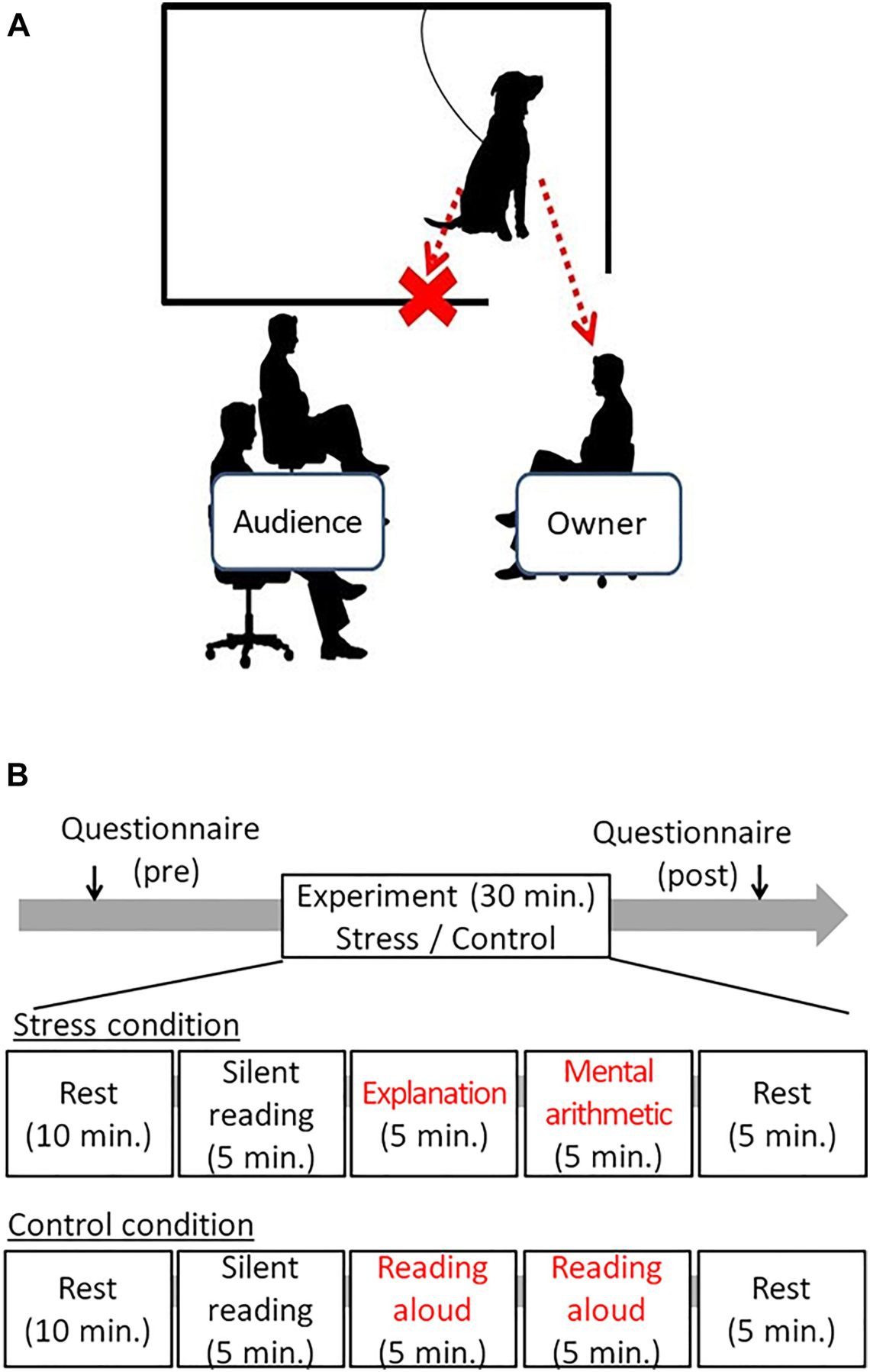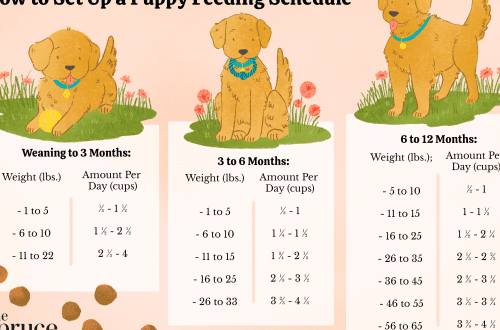
ווי טוט די באַזיצער ס ימאָושאַנז ווירקן הונט טריינינג?
A good relationship with the owner is one of the necessary components of the success of dog training. If the dog is accustomed to the owner and trusts him, the emotional state of the person becomes of great importance. And this has both pluses and minuses. How do the owner’s emotions affect the training of the dog and why is it important to take this into account?
This topic has been discussed by many for a long time and, in particular, Ekaterina Chirkunova’s report at the Pets Behavior-2017 conference was devoted to it.
פאָטאָ: google.by
The advantages are obvious: if a person behaves calmly and confidently, this is transmitted to the dog, and even in a difficult situation, it will remain manageable and rely on the owner. If a person panics or is angry or irritated, the dog becomes nervous – and there is no time for learning.
Of course, if training your dog or correcting his behavior involves a lot of problems, and you have few emotional resources, avoiding negative emotions is quite difficult. However, you must do everything possible to bring yourself to life – this is your duty to the pet.
ינהאַלט
How to deal with irritation or panic when training a dog?
Below you will find a few tips that can help you deal with irritation or panic when training your dog or modifying behavior.
- Don’t forget that although the problems seem to be an ever-increasing snowball, problem solving can be a positive avalanche. And if you and your dog master the basic things, you can “string” useful subtleties on them. After all, the dog will understand the basic principles of training and apply the acquired knowledge and skills in new areas of life.
- If it seems to you that the dog has gone crazy and you can’t continue to live like this, stop and breathe. Take a slow breath and after a pause, exhale as slowly – at least 10 times. This will bring you to your senses on a physiological level.
- If it seems that everything is really bad, פּויזע. In a state of irritation, anger or panic, you will not teach your dog anything good. It is better to give both yourself and her the opportunity to take a break from each other and recover. Ask someone to look after the dog, or leave it at home and go for a walk alone.
- Reduce class time. Don’t practice until you feel like killing the dog. Stop before you explode or the dog gets tired and starts acting up. Your dog will still learn what you want to teach him – it’s just that both of you may need more time.
- Choose a place and time for classes so that you can control the situation. For example, if you’re just starting out and your dog is excitable and easily distracted, don’t train in a place full of other people and dogs.
- Remember what exactly in communication with a dog brings joy to both of you. Perhaps you should train less and play more? Or have you not gone for a long walk to a quiet place where you can just enjoy socializing, swim or run a race?
- If possible, ask someone film you. This will allow you to see what went wrong and at what point, and make adjustments to the further process of dog training.
- מעלדונג the slightest success.
- If you can’t manage on your own, it might be worth it. באַראַטנ זיך אַ מומכעwho trains dogs in humane ways. Sometimes a look from the outside is very useful and can give an important impetus to progress.
How to focus on success in dog training?
If you are irritated or panicked, it is very difficult to notice and appreciate small successes. Everything is seen in black and it seems that both you and the dog are good for nothing. However, it is still worth concentrating on successes – this will give you the strength to continue practicing with your best friend. How to focus on success in dog training?
- שטענדיק געדענקען: your progress is much greaterthan you think right now.
- צוקוקנ זיך צו shortening the distance. If yesterday the dog needed 15 meters to pass the cat and not attack her, and today you walked 14,5 meters – congratulate yourself and your pet.
- Follow that וואס איז דער צייט the dog can remain on the exposure, focus on you or just be engaged. And if a week ago you stopped the lesson after 3 minutes, and today and 5 minutes after the start of the lesson, the puppy was full of enthusiasm – rejoice.
- Notice how the dog reacts to stimuli. Until recently, you had to flee from a lone cyclist across the street, and today the bike passed you and did not have to run after your pet – buy a gift for yourself and your dog to celebrate this event!
It is very important to remember that progress is like waves, there will be good moments and bad ones, sometimes you will have to go through setbacks, but you will notice that over time, bad moments become fewer, they are not so critical, and leaps forward become more and more impressive.
The main thing is not to give up and not lose faith in yourself and your dog.







